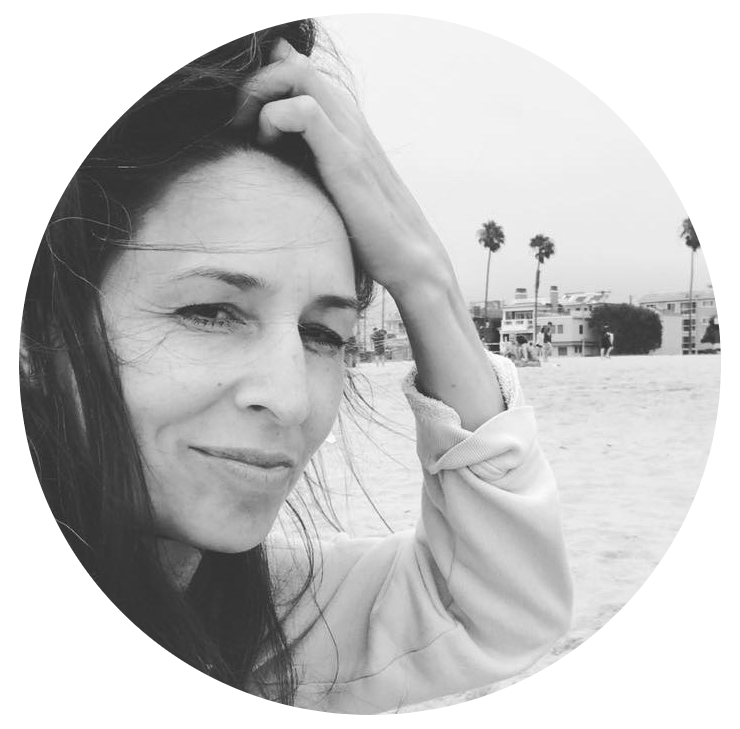Each video production can be split into the following steps:
Initial call
This is where the client tells us about the project and gives a briefing. This can be just a call or a fully developed brief with brand guidelines and specific goals for the video along with a plan for it’s use. For example, it may be a brand video for the website that sets out the style and tone of the company or it might be a video about a specific product or attribute that will be posted on social media in order to drive click through to the website. This is pretty much a brain dump session.
Budget
Usually a client will approach 3 agencies and ask them to pitch for the project. But it’s important to know what the budget is for the project before pitching because you have to write an idea that can be made within budget. All physical costs that a production company will present to a client will be roughly the same. IE. All crew have a set wage, camera rental costs are the same for everyone, lighting rental is the same. So, the base cost for a one-day shoot with the same number of crew and materials will work out to be the same regardless of whoever will be the production company. What will affect the budget further will be all the variables: Number of cast and type of cast. For example, an Élite model will cost thousands of dollars whilst someone that has been street-cast might cost $200. Number of locations and type of locations. A park might be free whilst a Malibu villa will again cost several thousands of dollars. For this reason, you have to have a budget in mind so that everyone is writing creative that in the end you can actually afford to produce.

Budget Breakdown & Full Tranparency
As part of the presentation we will also present a line by line breakdown of the budget. There is no better way of examining all the costs involved in the creation and production of the video. All the rates are standard across the board so then its really about minimizing crew numbers and any other non-essential costs. Here’s where being creative as well as producers with over 20 years of experience comes in. You really do start to hone in on the essentials and the waste a loss after each project becomes less and less. Which is crucial in production for online where the budgets are much lower than national TV broadcast work.
Pre-Production
Here’s where everything happens all at once:
- Script development
- Copywriting
- Storyboarding
- Location Scouting
- Casting
- Prop Buying
- Special Prop construction
- Styling
- Wardrobe fitting
- Rehearsals
- Pre-Production Meeting
- Pre-Production Meeting Booklet which contains all the development work outlined above. This is essentially the blueprint and recipe for the video. All the ingredients are in there so this is where the client must sign off all the choices made up to this point.
*When it comes to storyboarding it’s important not to skip this step.
If you pay a professional storyboard artist to board up your video then you will have a big extra cost which you just won’t have in your budget. Each frame will cost 30$-50$ and you’ll need at least 30 slides to storyboard a 1 minute video so then you are looking at around $1000 minimum. However, you don’t have to make Holywood level storyboards in order to make your ideas and shot plan clear. Here above is a perfect example. Take a moment to read through this very scrappy storyboard and then watch the actual video and see how it is a precise interpretation of the end film. When it comes to production being prepared is everything. When things start to go wrong and you have to change the plan, you need to know what is essential to the story and make sure you get it. And from a creative point of view, it’s that quiet before the storm where you can come up with ideas and approach that will give your video a unique edge.
Production
This could be anything from one day up to 4 weeks or so for a movie. Here though it’s likely to be one day or two days with a small crew and that crew might look something like this:
Crew
- Director
- Creative Director
- Producer/Production Manager
- Production Assistant
- DOP (Camera Operator)
- Camera Assistant (Focus Puller)
- Gaffer (Electrician)
- Grip
- Sound Recordist
- DIT (The person who downloads and backs up all the footage – checking everything is ok)
- Hair & Make-Up
- Stylist
- Runner
- Driver
Equipment
- A Camera (Usually a RED)
- B Camera (Usually a DSLR like a BMPC 6K) This is for pickup shots, gimbal shots, second angle on interviews
- Prime Lens set
- Camera accessories: Tripods, Monitors, Filters ETC
- Slider (For little moves)
- Gimbal (for Steadicam tracking shots)
- Hard Drives
Post-Production
The post process can be split into two parts: Offline and Online. Essentially offline is where you create the base edit and once that is approved it cannot be changed. Then in online you add any effects, you colour graded the image to turn it into something wonderful and create the sound mi, SFX will be mixed in with the VO and music track. It’s standard to have three rounds of editorial revisions before bringing the offline to its conclusion.
And there you have it – that’s the video production process and those steps never change. In terms of time frame, you would be looking at around 5-6 weeks from start to finish.


